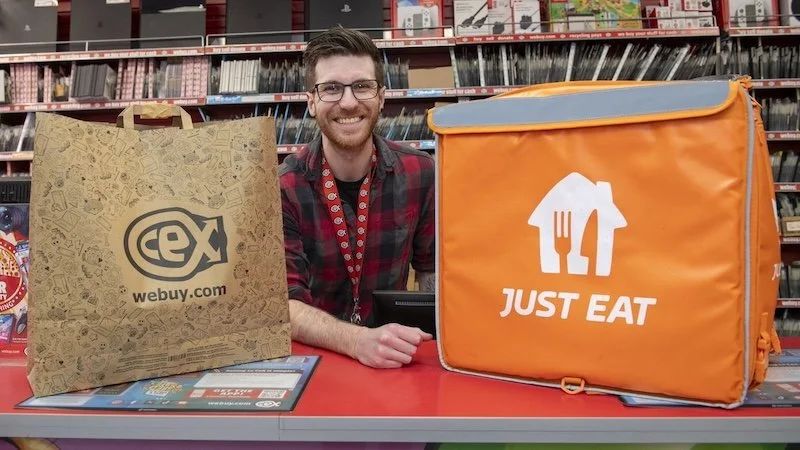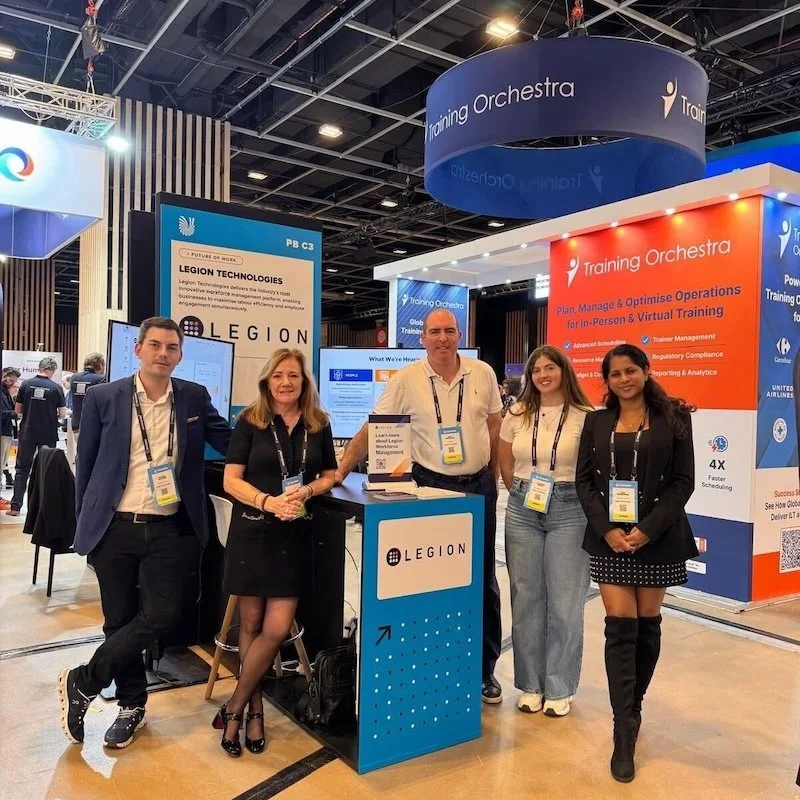Encodify survey in conjunction with RTIH: solving the challenges of private labels for retailers
The days of ‘store brands’ being synonymous with low quality are over. While we might be able to argue the name, with some preferring ‘own brand’ or ‘private label’ over store brand, there’s one thing we can’t argue.
Private label products have consumer appeal.
According to PLMA, private label products made up more than 39% share of FMCG value sales in Europe, and in some countries the share was higher than 50%.
But if you think that private label sales only affects the product choices within the stores, you would be wrong. For younger generations, the private label offering affects which stores they choose in the first place. In a survey performed by PLMA, 51% of Gen Z respondents said that they choose retail stores based on the selection of private label products.
This means that private labels aren’t just products on your shelves, it’s part of your marketing, part of your branding, it’s a communications channel and a way to increase foot traffic as much as it is a product.
But enough about the why of private labels. Instead of yet another article filled to the brim with statistics, let’s narrow in on the how. What are some of the challenges you face when it comes to private labels?
Private label challenges retailers will face in 2026
From new regulatory requirements to creating an identifiable brand identity and making sure the quality of everything from ad designs to product labels is consistently high, retailers who manage private label products will face significant challenges.
We’ve taken a look at three of the challenges that private label retailers will face in 2026 and how we can help solve them.
1. Making sure everything from product information to packaging is compliant
As a retailer, much of the private label process will be familiar. Promoting your private label products is the same as for national brands, and even producing content will be a familiar exercise, but the compliance landscape for product manufacturing looks very different from that in retail.
For instance, around August 2026 the transition period for the PPWR will come to a close, which means that companies operating in the packaging lifecycle (this includes the retailer in the private label product chain) will begin to face stricter obligations when it comes to packaging. This includes design requirements, content targets, and requirements for reuse.
From a retail perspective this means that the collaboration between the manufacturer and the retailer needs to be even closer, as the vested interest in sustainable packaging and labels grows.
With Encodify you can leverage product information data in the asset production process for everything from labels and packaging to marketing assets by automating advanced compliance checks and bringing them at the core of cross-team collaboration. You can also use the platform to help manage product information, so it lives up to new regulatory demands.
2. Creating an interesting and consistent brand identity across the entire product line
When 51% of Gen Z respondents say that they choose retail stores based on the selection of private label products, their choices are in no small way guided by the branding efforts of the store brands.
In many cases we form a brand perception of the private label products in much the same way we do with national and global brands. And consistency in brand presence across private label lines can make the offering even stronger.
Whether we’re talking Änglamark’s signature green “a” or the little star next to the text in Tesco’s Finest there’s a consistency in everything from logo use to label design that helps consumers spot the products on the shelf.
With Encodify you can automate checks against brand guidelines across channels and asset variations. You can also automate production of minor asset updates and variations of them, and you can use the system to make sure that the files you deliver to the manufacturers are print ready.
3. Slow review and approval processes
Especially as we stare down the dawn of AI and its implementation in retail, we are facing more challenges than ever before, especially when it comes to content and design.
While we’re seeing fast improvements in the quality of content, whether it’s design, copy or product descriptions, we’re not seeing a decrease in the spend companies put towards different kinds of content and asset development.
The natural takeaway here is that while AI and automation helps on the production side of design, video, and text, the need for reviewing content grows steadily. In essence, the more content we’re producing the more content we need to review.
In fact, we’ve already seen the early hiccups of companies failing to put their content through a thorough review before publishing.
With Encodify you can connect every stakeholder in the review and approval process, eliminating the need to send emails and versions back and forth. Whether we’re talking about label designs, product descriptions or ad copy, this means that you can deliver more faster.
































Continue reading…